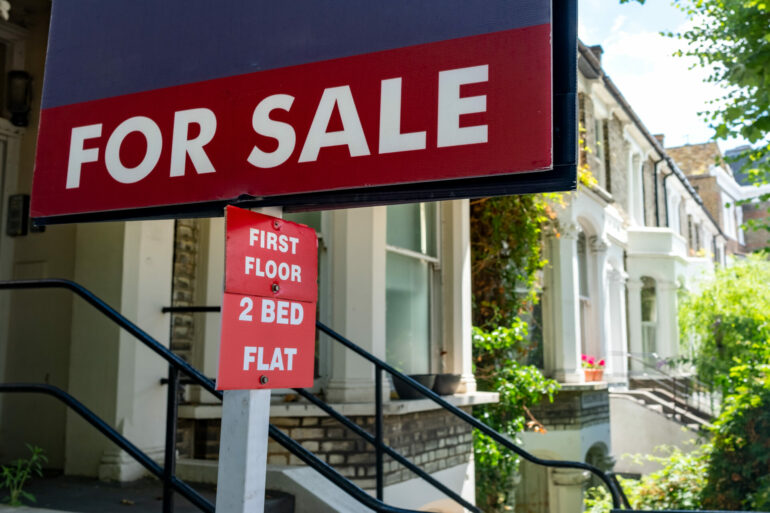Lower pricing has led to a surge in demand for homes, according to Home.co.uk’s Asking Price Index for March.
The report shows that lower prices and mortgage rates have renewed buyer interest, with the typical time on market decreasing by five days since last month.
This indicates that the housing market is picking up pace following the Truss-Kwarteng debacle.
Despite the price correction, with the froth of the Covid boom cleared from the market, UK home prices are expected to consolidate over the coming months as demand and supply find a new equilibrium.
Contrary to fears of panic sales, supply remains restrained with the monthly rate of new instructions slightly down on February 2022.
Meanwhile, the total stock of unsold property on the market is still below pre-Covid levels, despite having recovered significantly following the unprecedented buyer frenzy of 2020/21.
Rents have risen significantly in all regions, most notably in Greater London and Scotland, with the lettings market overwhelmed by demand, which has driven the mix-adjusted average rent up just over 17% overall.
The demand is supported by the mortgage market, which currently offers many fixed-rate deals at 4% or less. For those who can afford a deposit, real mortgage rates remain negative by quite a margin, irrespective of the measure of inflation preferred. Pay growth at 7.3% also helps support lending based on earnings multiples.
However, the annualised mix-adjusted average asking price growth across England and Wales is now -0.5%, with the annualised rate of increase of home prices falling to 7.4% in March 2022.
Asking prices in Wales, Scotland, and all English regions except the North West and West Midlands fell in February.
The total sales stock count for England and Wales increased in February by just 3,585 to reach 372,638, indicating that property remains scarce relative to the 10-year average of 422,668. The supply rate of new instructions remains subdued, dipping 1% last month compared to February 2022.
The East of England shows a remarkable drop in the typical time on market from 91 to 78 days, which is considerably lower than it was in February 2019.
The Scottish property market falls into second place in terms of annualised regional price growth (4.0%), behind the North West at 4.1%.
Rents across Greater London continue to rise, up 21.4% year-on-year, with the outer London boroughs of Brent, Harrow and Ealing showing the most significant growth in asking rents, with a 35%, 34%, and 32% annualised growth rate, respectively.



